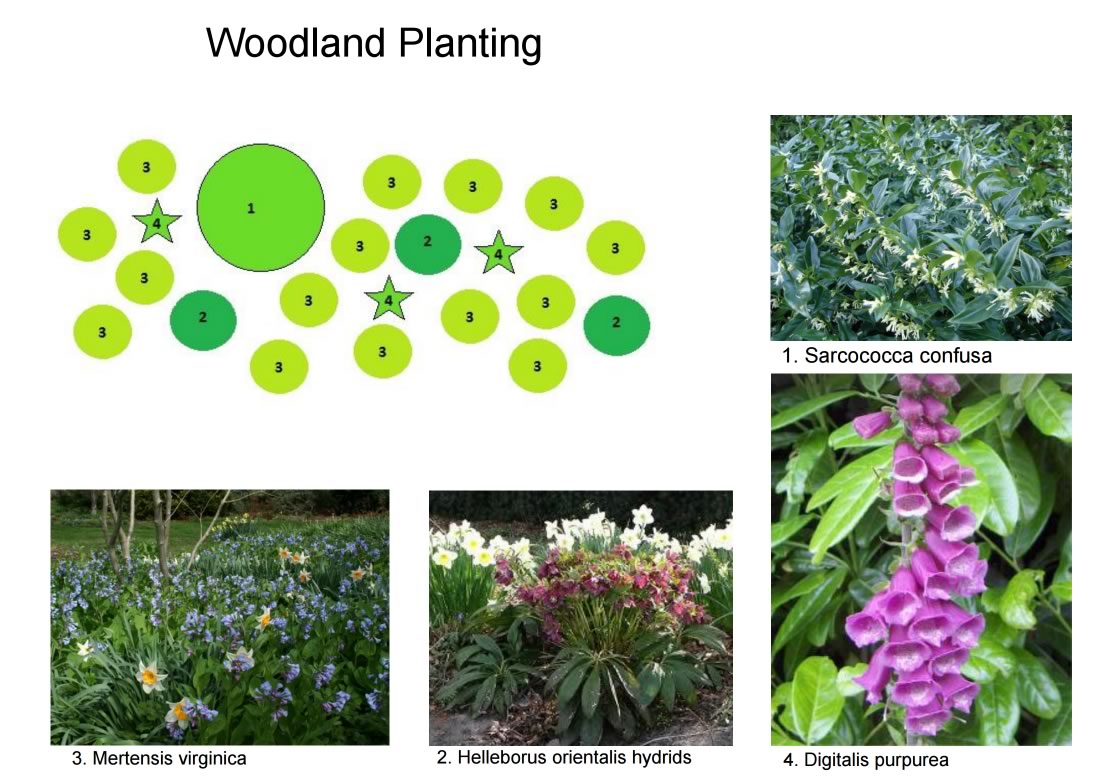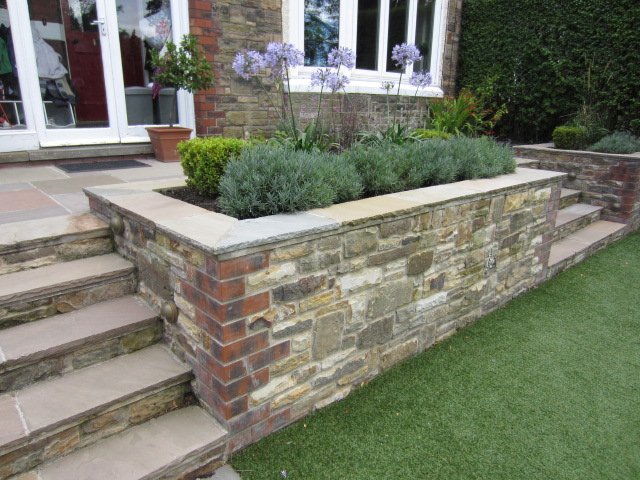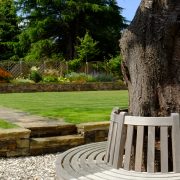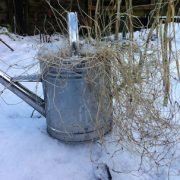What to do in your garden in April
Have we seen the back on winter now or is it still hanging on in there? The daffodils have been out for weeks now and other bulbs popping up all over the place. April is always such an exciting month for gardeners, with rising temperatures, blossoms and many of the most colourful plants flowering, things are really starting to take shape.
Although April can traditionally be a showery month it is often quite dry so keep an eye on the garden and water when necessary. Frosts are still common so be prepared to protect those vulnerable plants and shrubs.
If you need more or specific advice please post a question on our Facebook wall or pop into the garden centre and talk to a member of our experienced garden team.
General
- April is a month for sowing and planting so start off by removing weeds and tidying up borders, flower beds and areas around shrubs.
- Feed roses, borders, shrubs & spring bulbs with general purpose fertilizer.
- Spray roses against black spot
- Finish soil preparation ready for planting
- Watch out for signs of slugs and snail and protect young growth as necessary
- Buy a water butt to conserve water
- Move plants from greenhouse to cold frame
- Put pond pumps and fountains back into pools
- Clean out bird baths and top up with fresh water
Vegetables
- Prepare seedbeds by covering them with clear polythene or fleece to warm up the soil before sowing
- Plant out early potatoes, onion sets and shallots
- Sow pots of herbs; parsley, coriander and basil
- Plant perennial vegetables such as asparagus, artichokes and Jerusalem artichokes. They like a sunny well drained bed.
- If you have already prepared the soil you can sow seed outdoors this month. Try Beetroot, Carrots, Lettuce, Leeks, Spring Onions, Peas and Spinach.
- Sow Courgettes, Sweet Peppers, Tomatoes, Cucumbers, and Salad indoors for now. You will be able to plant them outdoors towards the end of the month.
Lawns
- Mow regularly, aim to keep a constant length now for the rest of the year
- Prevent grass creeping into your borders by creating a 3″ gutter along the edge
- Reseed any bare patches and keep watered. Don’t mow until the new grass has reached 2″ to 3″, then mow on highest setting at first.
- Use a high nitrogen spring fertiliser and if moss killer if needed.
- Now is a good time to apply weed killer.
- To repair bumps and hollows peel back the turf, remove or add soil, and then replacing the turf.
Greenhouse
- Make sure guttering is free from leaves and twigs
- Plants will need watering at least every few days, seedlings will need watering on a daily basis.
- Open vents on warmer days to prevent the greenhouse getting too humid.
- Don’t put your heater away just yet as there can still be a few frosts this month.
- Prick out seedlings once they have developed their leaves
- Pinch out shoot tips on fuchsias to encourage bushier plants
- Sow seeds of marrows, courgettes, squashes, cucumbers and melons
Herbaceous borders
- You can sow sweet peas outside this month. Prepare your wigwam supports for them to climb up, and use a light twine to tie the plants in.
- Plant summer flowering bulbs if you haven’t done so already – Alliums and Agapanthus in borders (also ideal for patio containers). Prepare the soil first, to ensure sufficient drainage, this should prevent the bulbs rotting.
- You can still plant herbaceous perennials month, such as Geranium & Aubretia.
- If you want a continuous crop of cut flowers this summer plant perennials such as delphiniums and annuals.
Shrubs, trees, hedges
- Evergreen trees and shrubs can be moved now. Make sure the soil is not waterlogged or frozen , keep them well watered for the next few months until they are established in their new position.
- Plant roses and feed with a granular rose fertiliser as they come into growth
- Prune established bush and standard roses as they start growing but before any leaves unfurl
- Tie in climbing and rambling roses
- Protect fruit blossom from late frosts
Need more advice? Post a question on our Facebook wall or pop into the garden centre and talk to a member of our experienced garden team.



















